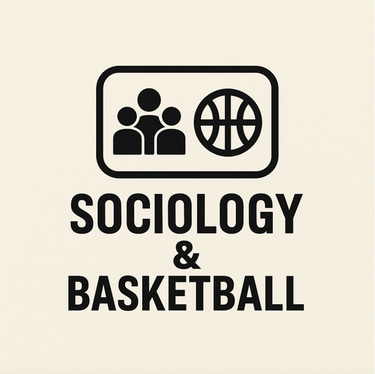Colorism
Jad A.
4/8/20242 min read
A form of prejudice or discrimination that favors lighter skin tones over darker ones within the same racial or ethnic group: colorism. But how is it different from racism? While racism involves discrimination between different racial groups, colorism happens within the same group, where lighter skin is often seen as better or more beautiful. This harmful belief dates back centuries and has deep roots in colonialism, slavery, and white supremacy, where lighter skin was linked to higher social class, power, and privilege. Over time, these ideas evolved into what we now call Eurocentric beauty standards, which promote features and appearances more commonly associated with white people. These standards still show up today in movies, TV, and the fashion industry, where darker-skinned people are often ignored or underrepresented. Because of this, colorism keeps feeding into the idea that light skin equals beauty and success, which continues to damage how people see themselves and others.
Colorism affects almost every part of life. It influences who gets hired, who is seen as a leader, and even who is considered attractive. Lighter-skinned individuals are often treated more favorably in workplaces and schools, while darker-skinned individuals might face subtle but painful forms of exclusion, like being passed over for promotions or stereotyped in negative ways. This can make people feel like they have to work twice as hard to earn the same respect. Beyond career and social status, colorism can also affect personal relationships, shaping how people view themselves and others in dating and friendships. It takes a serious toll on mental health too. When people constantly hear that their natural skin tone is “too dark” or “less attractive,” it can lead to insecurity, low self-esteem, and feelings of isolation. Colorism isn’t limited to one region or ethnicity either; it can be found in African American, South Asian, Latino, and Middle Eastern communities, which shows just how widespread and harmful it really is.
Despite all this, many people are pushing back against colorism and challenging its influence. Movements like #DarkIsBeautiful and #UnfairAndLovely have sparked global conversations about representation, encouraging everyone to embrace the beauty in every shade of skin. Artists, influencers, and educators are using social media to spread awareness and share stories that promote self-love and inclusivity. Schools are starting to have discussions about bias and representation to teach young people the importance of equality. Change doesn’t happen overnight, but each effort counts. To truly dismantle colorism, we have to unlearn the biases that were passed down to us, celebrate the diversity of skin tones, and create a world where people are valued for their character, talents, and kindness instead of the color of their skin.
